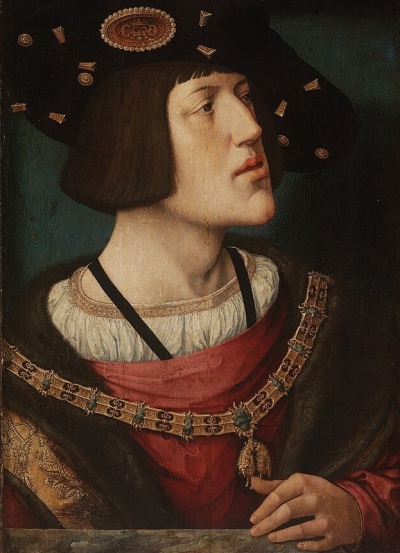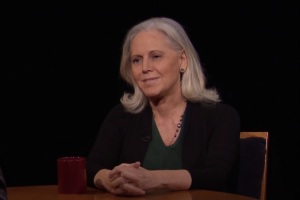This week in Christian history: Holy Roman Emperor retires to monastery, Saint Augustine’s University opens
Holy Roman Emperor Charles V resigns, retires to a monastery – Jan. 16, 1556

This week marks the anniversary of when Holy Roman Emperor Charles V, a royal known for his opposition to the Protestant Reformation, abdicated his throne, retiring to a monastery in Spain.
A king of Spain and archduke of Austria, Charles V ruled over the Holy Roman Empire for nearly 40 years, dealing with such challenges as uprisings tied to the Reformation, threats from the Ottoman Empire, and political feuds with France and the pope.
Persistent illness and frustrating results in his effort to maintain the empire led to his stepping down, giving his son, King Philip II, rule over his Spanish holdings while his brother, Ferdinand I, became the next emperor.
“Although [Ferdinand I] had already become de facto emperor, the electors did not formally agree to the transfer of power until February 1558, by which time Charles had been back in Spain for well over a year,” according to a website dedicated to Charles V.
“A temporary truce in the war with France made possible his final voyage from the Low Countries to Spain in September 1556, 39 years after his first such voyage. Then he was going to claim his kingdoms […] now he was sailing to a much quieter life at the monastery of Yuste.”





























